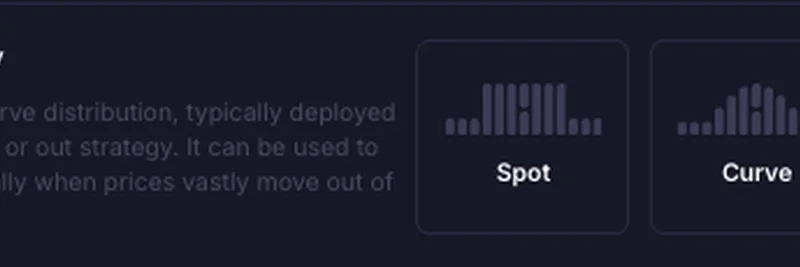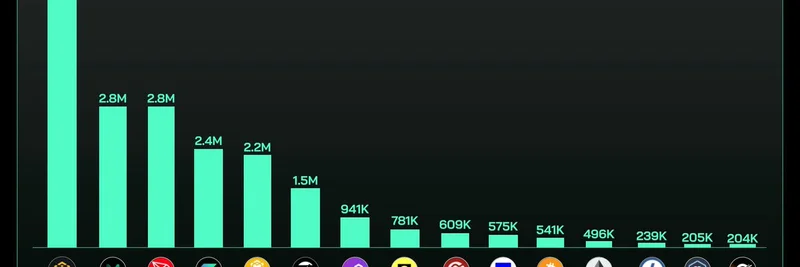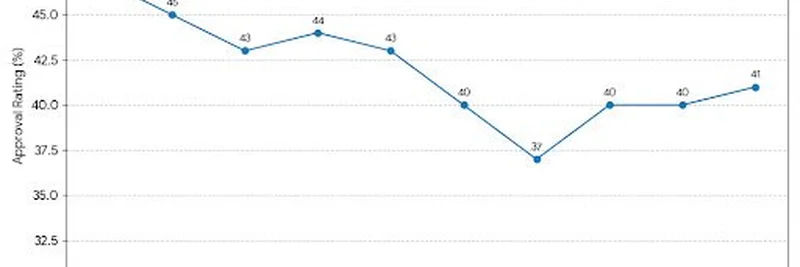If you're diving into the world of meme tokens on Solana, providing liquidity can be a smart way to earn fees while holding your favorite coins. But with wild price swings, you need strategies that play to your advantage. Enter the Bid-Ask strategy from Meteora AG, one of three volatility options designed to shape your liquidity provider (LP) positions. As highlighted in a recent thread by @FwogRoss, this approach lets you buy more when prices dip and sell more when they pump—essentially automating a "buy low, sell high" mindset.
For those new to the term, liquidity providing involves adding tokens to a pool on decentralized exchanges (DEXs) like those on Solana, earning a cut of trading fees in return. Meteora makes it easier with tools to manage volatility, and Bid-Ask is perfect for meme coins that can moon or crash overnight.
Understanding the Bid-Ask Strategy
The Bid-Ask strategy, often abbreviated as BA, is like an inverted curve for your LP position. It concentrates your liquidity unevenly across a price range, favoring one side. This means you can set it up to accumulate more of the token you want when prices move in your favor.
In the image above from the thread, you can see Bid-Ask compared to Spot (even distribution) and Curve (bell-shaped). Bid-Ask is ideal for directional bets, like expecting a dip in a meme token's price.
Using Bid-Ask for DCA-In: Buying on the Dip
Dollar-cost averaging (DCA) is a popular tactic where you buy incrementally to average out your entry price. Bid-Ask supercharges this for LP positions.
Take SOL/USDC as an example—though this applies perfectly to volatile meme pairs like FWOG/SOL. Suppose SOL is trading at around $144, but you believe it'll drop toward $120. You can open a position supplying only USDC (the stablecoin side) using Bid-Ask.
As the price falls, your USDC automatically swaps for more SOL at lower levels. For instance, more USDC converts at $125 than at $140, helping you stack more SOL cheaply. In contrast, a Spot strategy would swap equal amounts regardless of price, missing out on the dip-buying efficiency.
This setup is gold for meme tokens, where community hype can send prices tumbling temporarily before a rebound.
Flipping to DCA-Out: Selling on the Pump
Once you've accumulated your target token during a dip, Bid-Ask shines for exiting too. You can "flip" the position to gradually sell as prices rise.
Continuing the SOL example: If the price nears $120 and most of your USDC is now SOL, withdraw the SOL without closing the position. Then re-deposit it using Bid-Ask on the SOL side. Now, as SOL pumps back up, more of it sells at higher prices, locking in profits smoothly.
This flipping technique is especially useful in the meme space, where tokens like FWOG can surge on viral moments. It turns your LP into a dynamic trading tool without constant monitoring.
Bonus Tip: Mixing Bid-Ask with Spot for Balanced Gains
For even more flexibility, combine Bid-Ask with Spot. This creates a hybrid where you get the directional benefits of BA but thicker liquidity at the current price for immediate fee earnings.
Say you have $500 USDC. Start by depositing $250 with Spot to capture fees right away, then add the remaining $250 with Bid-Ask for the dip-buying power. The result? A position (shown in purple charts) that's denser at the start than pure Bid-Ask (blue), potentially boosting early returns.
This mix is a pro move for meme token LPs, balancing risk and reward in unpredictable markets.
Shoutout to @FwogRoss for breaking this down in an easy-to-follow thread, and to the LP Army community for resources on advanced fee tech. If you're ready to level up your meme token game, head over to Meteora and experiment with these strategies. Got questions? Drop them in the comments or join the discussion on X.
Stay ahead in the meme meta—keep providing liquidity smartly!



